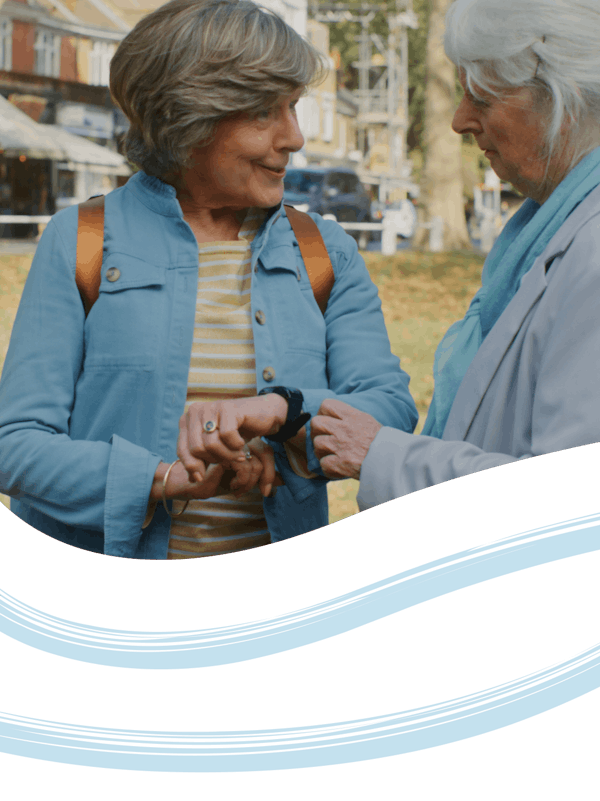Reducing the risk of falling is essential for maintaining independence and safety, especially for elderly individuals. Here's a brief introduction on how to minimise the risk of falls:
Strengthen your bones
You need two things: Calcium, and vitamin D to help your body absorb the calcium.
Good sources of calcium include dairy, green leafy vegetables, nuts, soya, tofu, bread and the edible bones of fish such as sardines and pilchards.
Top Tip: avoid spinach as it has a chemical that reduces the absorption of calcium.
The government recommends everyone take a supplement of 10mg of vitamin D every day. Getting out in the sun is always more fun than a tablet but make sure you never burn!
Review medications
If you are taking 4 or more medications, or your medications have not been reviewed for over a year, it can be worth checking with your GP or pharmacist. They can tell you if a review can cut your fall risk.
Eyesight
Take advantage of your free yearly eye test to make sure your eyesight is not getting worse. Trips and falls happen when you cannot see.
Regular activity
Try being active for around 30 minutes, 5 days a week. That could be gardening, going for a walk or even just popping to the shops. If you worry about not being safe when you go out, a YourStride Alarm Watch works everywhere in the UK rather than just at home.
You can also try the following home exercises. They improve strength and balance, which will help you channel your inner Jane Fonda and keep you from falling! All you need is a sturdy chair. If you’d like to read our full guide on the best exercises for the elderly, please click here.
- Heel Raises.
Stand tall, holding the back of a sturdy chair or the kitchen sink. Lift your heels off the floor, taking your weight onto your big toes. Hold for three seconds, then lower with control. Repeat 10 times.
- Toe Raises
Stand tall holding the chair, then raise your toes – taking your weight on your heels. Don’t stick your bottom out. Hold for three seconds, then lower with control. Repeat 10 times.
- Sit to Stand
Sit tall near the front of a chair. Lean forwards slightly and stand up (with hands on the chair if needed). Step back until your legs touch the chair then slowly lower yourself back into the chair. Repeat 10 times.
- Heel - Toe Stand
Stand tall with one hand on the chair. Put one foot directly in front of the other and look ahead. Take your hand off the chair and balance for 10 seconds. Swap your feet and do the same for the other front foot
- Heel - Toe Walking
Stand tall with one hand on your kitchen worktop. Walk 10 paces placing one foot directly in front of the other so the feet form a straight line try to be as steady as you can. Turn around and repeat.
- One Leg Stand
Stand close to the chair holding it with one hand. Balance on one leg, keeping the support knee soft and making sure you are standing upright and hold for 10 seconds. Repeat for the other leg.
If this all seems too much, walking is also great for you. You can use a wearable device like the YourStride gall alarm to track your steps and heart rate, to help you stay motivated day to day.
Remember, even small changes to your lifestyle can make big differences over the long term so do give at least one of these a try.
For our full guide on how to prevent falls in the elderly, please click here.
Home safety modifications
I know with this one you’re going to think we’re teaching you how to suck eggs, but it’s amazing how we all get so used to the setup of our homes without thinking about it.
Firstly, you can request a home hazard assessment for yourself or for someone you are worried about falling through your GP or local council. A professional can help identify simple changes to make your home safer.
Alternatively, there are a few things you can think about yourself;
- Could you have better lighting?
- Make sure rugs have non-slip underlay and replace frayed carpets
- Check for loose cables that could be trip hazards and tape them back
- Get a non-slip mat for your bath or shower
- Clear away any clutter
- Repair any cracks in your garden paving


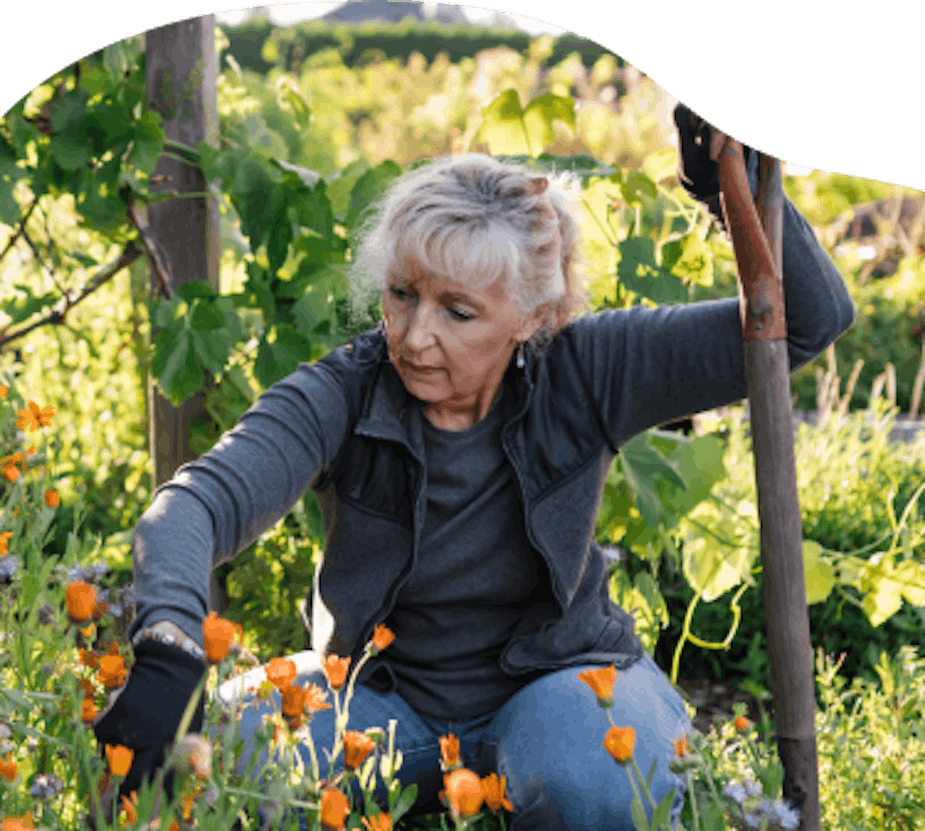
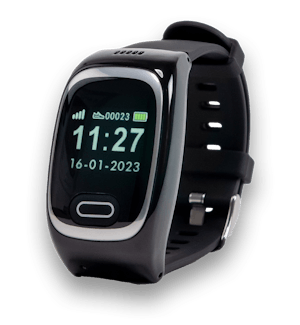
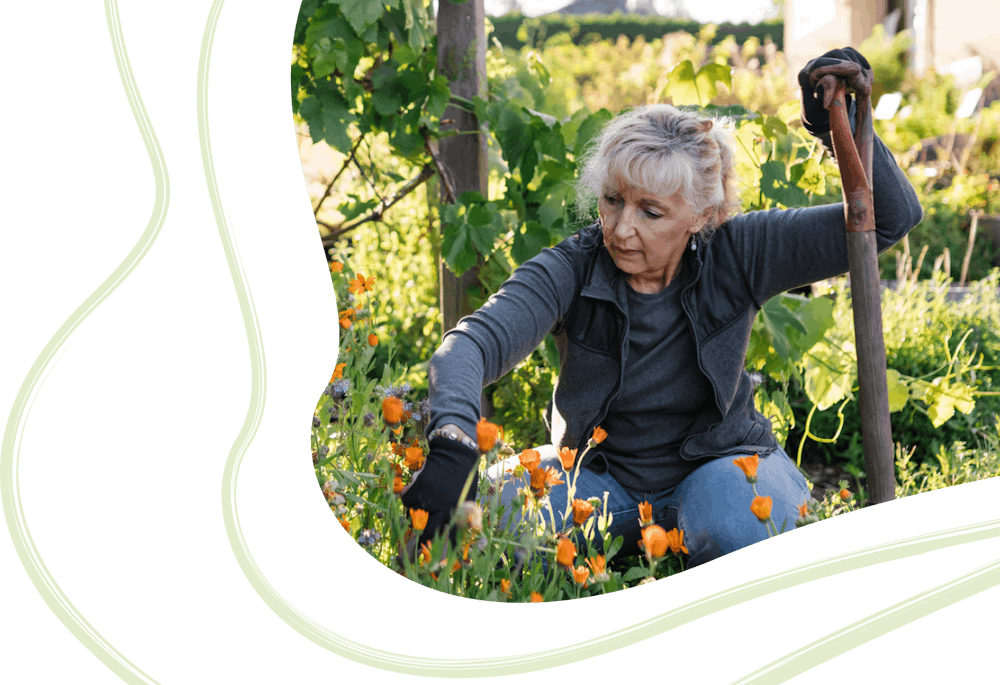
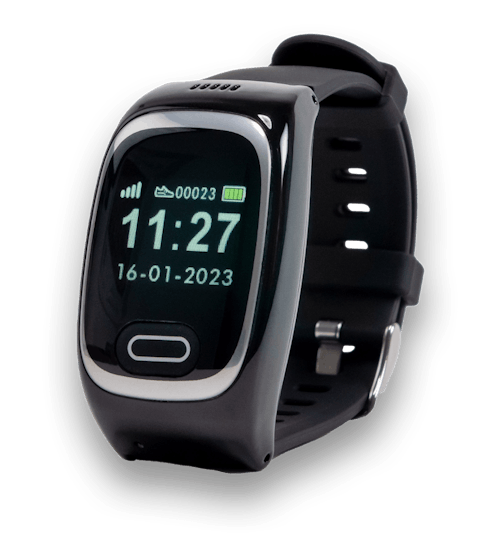







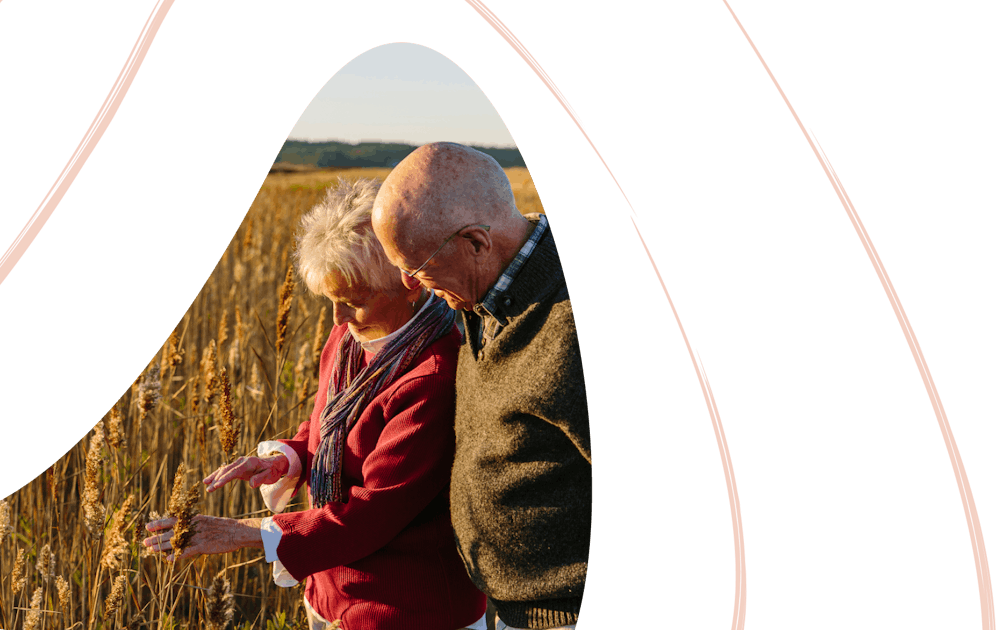
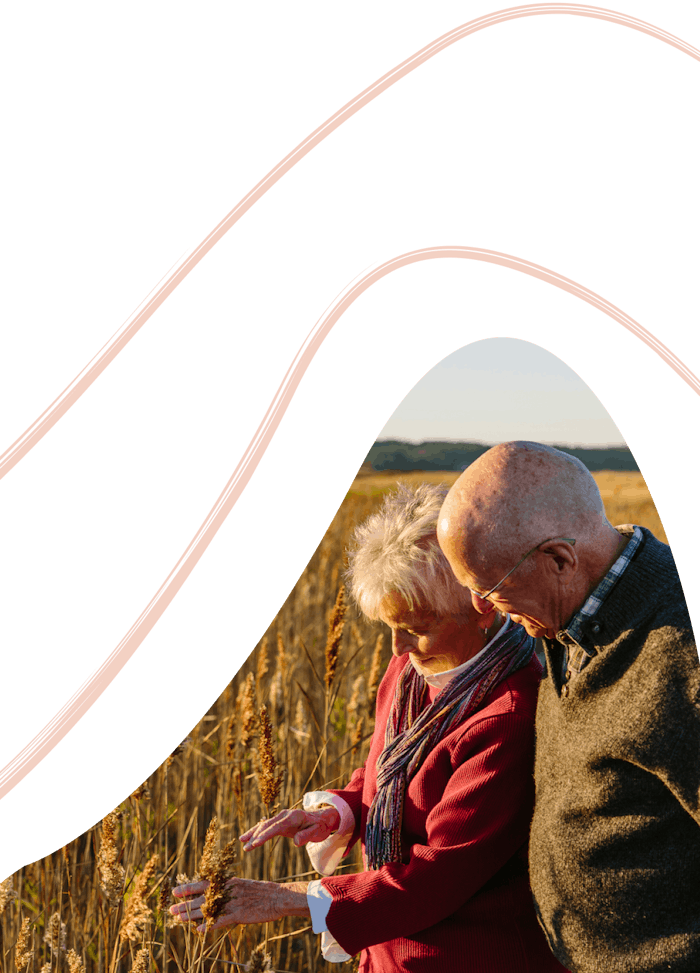


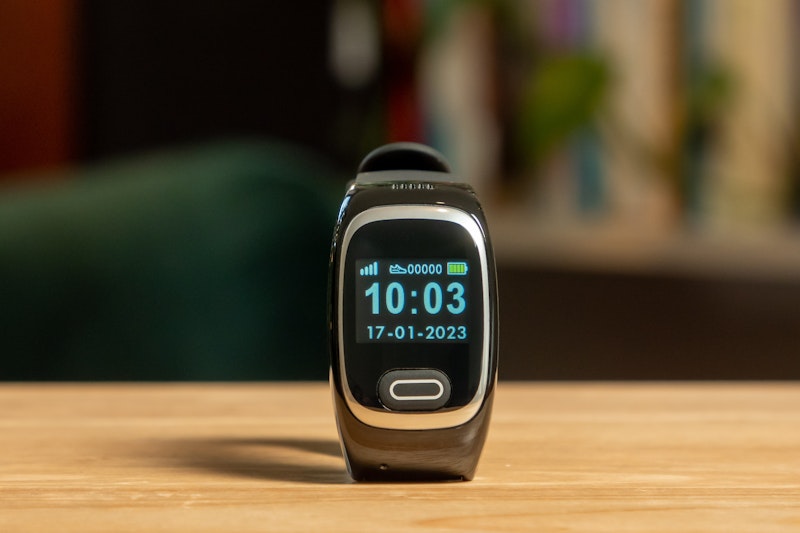
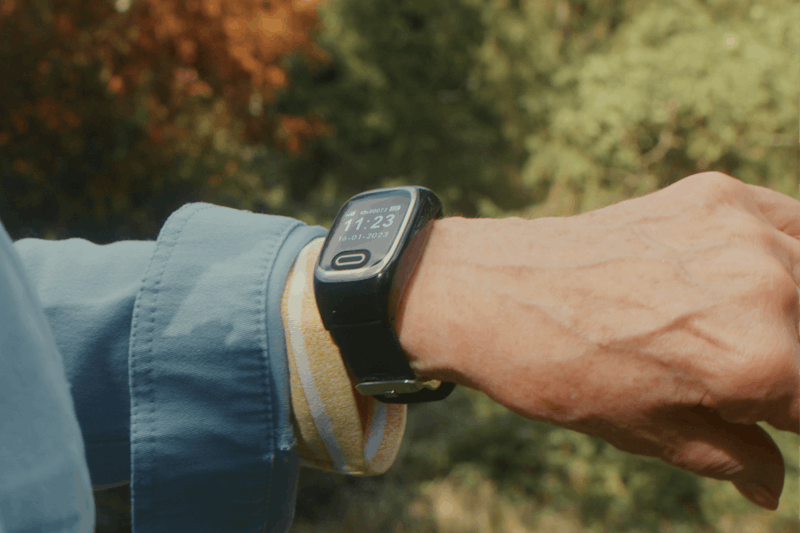
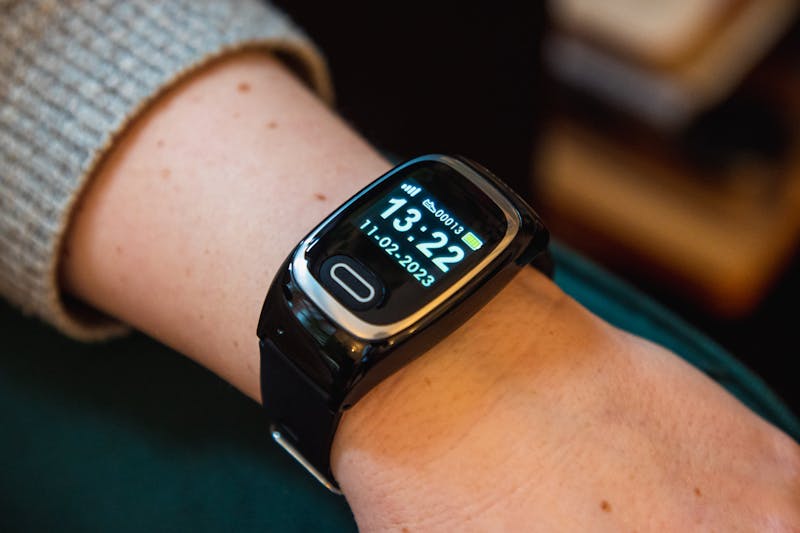
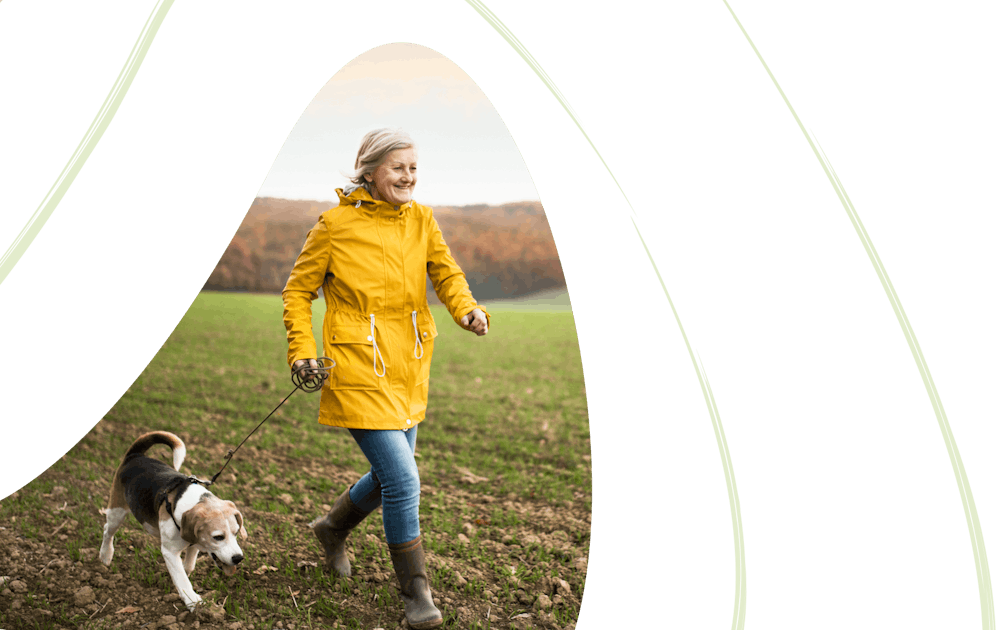












 10
10  10
10 